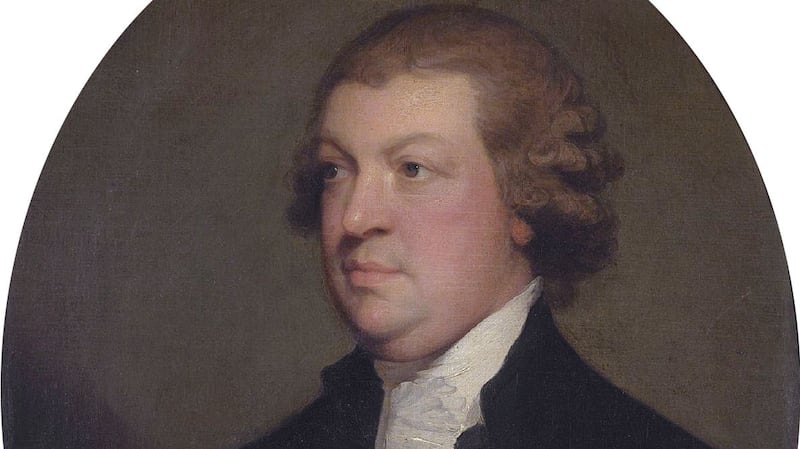The Iveagh Gardens have hosted some great gigs in recent years, including Pixies, Frames, Little Green Cars, Wilco and Chic, but long before the birth of rock ‘n’ roll (or indie, disco, hip-hop and yodel-rap for that matter), the gardens have been the setting for some historic events that thrilled and entertained the hipsters and fashionistas of old Dublin.
In the early 19th century, the gardens, then named Coburg Gardens in honour of the royal family of Saxe-Coburg, were opened to the public, and became a popular spot for the city’s well-heeled citizens to catch a concert or exhibition.
In the summer of 1830, a spectacular fireworks show was staged at the gardens to celebrate the coronation of King William IV. The finale, a representation of the eruption of Vesuvius, would have made a U2 show look like a damp squib.

Not all events at the gardens were genteel. In August 1835, a trade union meeting held at the venue descended into an all-out riot, as Catholic workers attacked 150 Orangemen with “murderous instruments of aggression”.
Underground passage
The gardens were originally owned by the first Earl of Clonmell John Scott, a well-known rake whose nickname was Copper-face Jack. His house was on Harcourt Street, and he had an underground passage built so he could go back and forth to his “pleasure gardens” without being seen by the hoi polloi. One of his best mates was another well-known Dublin rogue, “Buck” Whaley. What they got up to in the gardens is anyone’s guess.
The gardens fell into disrepair for several years, becoming little more than a rubbish dump and sheep-grazing area, until the land was acquired by Benjamin Lee Guinness in 1856, who restored the park and turned it into a major exhibition palace and winter garden, with the gardens designed by Ninian Niven.
The exhibition was opened by the Prince of Wales, Albert Edward, in May 1865, and ran until November that year, during which it was visited by 930,000 people. Now that must have been some gig.












